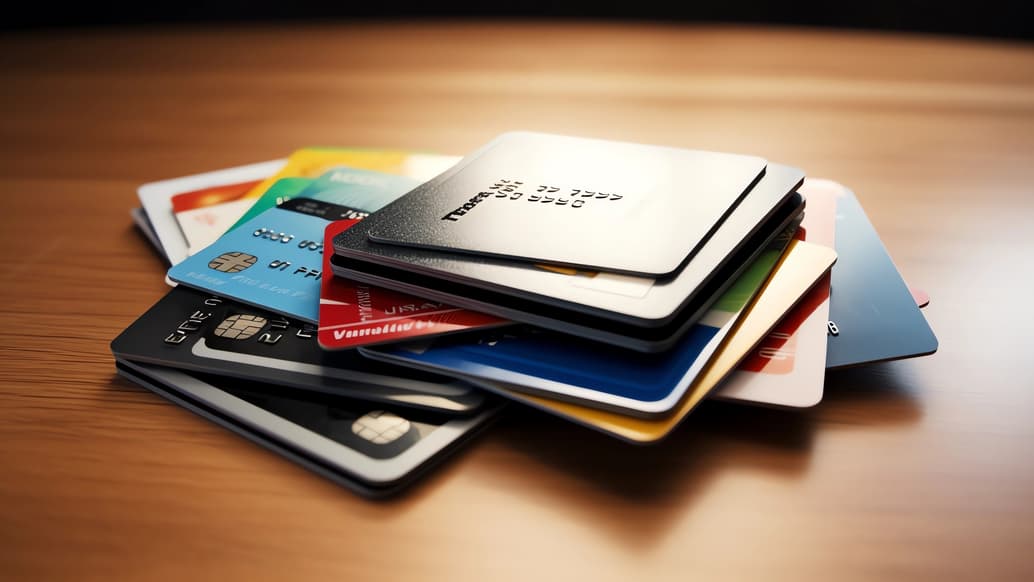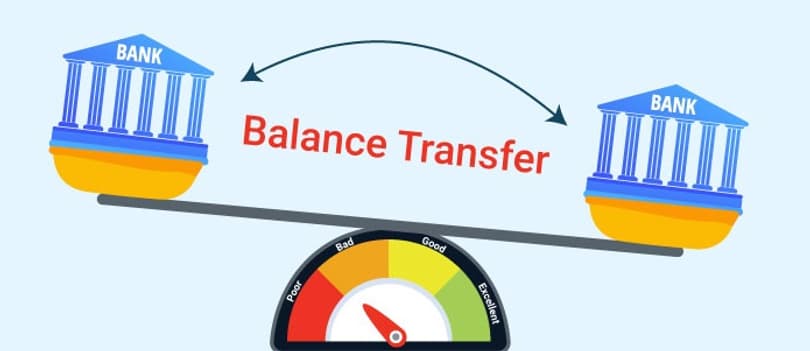Balance Transfer: What Is It, and Should It be done?

Do you struggle with high-interest credit card debt? Are you trying to manage multiple credit card payments by consolidating them into a single account? Are you experiencing a temporary financial setback and looking at ways to save on interest payments? Or you might be planning a big purchase and want to minimize the charges.
Whatever the case, a balance transfer credit card is a top option for refinancing your current credit card debt and managing your finances more efficiently, both in the short term and in the long term. By transferring your balance to a 0% introductory APR card, you can avoid rising interest rates right away and give yourself repayment flexibility.
So, what are balance transfers? Let’s learn more about this feature and understand the pitfalls.
Understanding Balance Transfers: What Is It, and How Does It Work?
The term “balance transfer” hides such an interesting procedure as transferring your debt from one credit card (or even from several) to another, which has more favorable conditions: low interest rates, preferential service rates, or an extended repayment period. How does a balance transfer work? Banks usually charge interest on the accepted debt only a few months after the transfer to encourage this service. They resort to debt transfer to reduce the overall debt burden so that they pay less money to the bank every month.
Balance transfer can temporarily defer an existing loan during periods of significant upcoming expenses, such as vacations or minor repairs. By transferring high-interest debt to another bank, you can enjoy interest-free payments for a few months, reducing monthly obligations and freeing up funds for planned expenditures.
In addition to direct savings, you can resort to debt transfer for basic convenience. For example, you can collect two or three small debts from several credit cards onto one card with a much larger limit. This will give you a single payment date for your monthly loan payment and one place to do it.
Balance Transfer Eligibility

To qualify for a balance transfer, you generally need a good to excellent credit score. A credit card issuer will assess your creditworthiness to determine if you’re eligible for their balance transfer offers. Lenders are also more likely to approve balance transfers for individuals with manageable levels of debt relative to their income. So, a lower debt-to-income ratio, consistent income, and timely bill payments make you a more attractive candidate for a balance transfer.
While looking for signs of responsibility and stability, lenders are reluctant to provide balance transfer opportunities to:
- Individuals with poor credit;
- People doing balance transfers between cards from the same credit card company;
- Those with exceedingly high debt levels and owning a number of credit cards;
- Applicants without a sufficient credit limit.
How to Transfer a Credit Card Balance: A Step-By-Step Guide
Now you know the answer to “How do balance transfers work?” so you can understand in more detail how to carry out this procedure. Follow our list to turn this feature into a real money-saver.
Choose the Right Card
To make balance transfers on credit cards profitable, you need to make calculations. Obviously, the first thing you look at is the percentage difference and the length of the grace period. For example, it's a good deal if a new card offers 0% interest for the first 12 months, and you can pay off your debt in that time. There are also card issuers ensuring zero APR periods of up to 18 months. If you plan to pay off the debt over a more extended period, consider the regular interest charged after the grace period.
Calculate the Commission
What is a balance transfer commission? Typically, banks charge an additional one-time fee of 3% or 5% of the debt amount. There may also be a mandatory minimum commission of $5 or $10. This is a small amount, but it can make a difference if you are transferring a small debt, such as $50 or $100.

The only sure way to avoid balance transfer fees is to look for balance transfer cards that have waived fees entirely. You can also find cards with zero balance transfer fees. Remember that the $0 transfer fee may only be available for a limited period, so read carefully to determine when you must request a balance transfer for the offer to be valid. This window is usually in the first few months after receiving the card.
Apply for the Card
As soon as you figure out “What is a balance transfer on a credit card?” and find the best conditions, you need to get a card from the selected bank. This can be done online or during a personal visit to the bank. Please note that balance transfers are only possible to cards from other banks, so issuing a new card from the bank you already work with is useless.
Initiate the Transfer
You can start the transfer online or by calling your bank. Usually, the transfer process does not exceed two weeks, and soon, you will see your debt on a new card. In any case, you can always check the status of your application by contacting the bank's customer support.
Pay off the Debt
This point may seem obvious, but it should not be forgotten. You still need to pay systematically without violating the deadlines. Failure to comply will negatively impact your credit score and limit your options in the future.
Final Thought
Many people have debts. Luckily, some solutions can reduce your credit load, including balance transfer credit cards and debt consolidation. Spend time researching your alternatives to determine which will work best for you.
Paying a balance transfer fee to use one of the credit cards with lower interest charges can be a decent option. It can save you thousands of dollars in interest payments. However, to maximize the reward of this financial tool, you should do the math first to ensure such card transactions are profitable.




